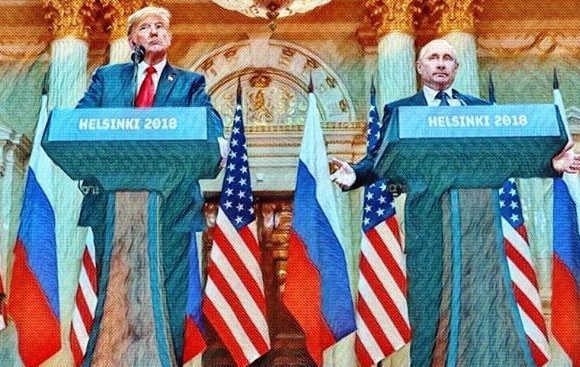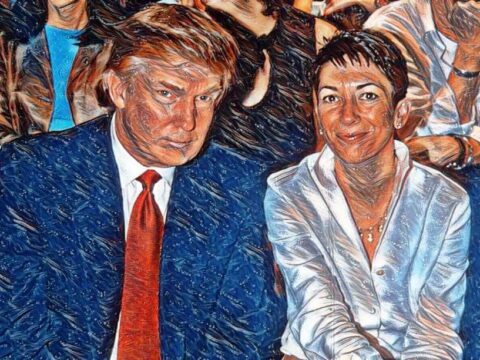 Reading Time: 3 minutes
Reading Time: 3 minutes
The Steele dossier
Ah, where do we even begin with this high-stakes soap opera of espionage enthusiasts and political theater? If convoluted chaos were an art form, this dossier would be hanging in the Louvre. Picture this, a former British spy (because who else?) decides to unearth a Pandora’s box of unchecked claims involving Trump and Russia. The result? A dossier packed with allegations so shaky they could double as a Jenga tower on an earthquake fault line. Add in a sprinkle of Democratic funding, and voilà! You’ve got the world’s most infamous political scrapbook. Naturally, this piqued the FBI’s interest. Cue the internal squabble within intelligence agencies that reads like an awkward family meeting where everyone has wildly different versions of the same story.
The FBI argued that the dossier “met the standard of considering all available information,” and hence deserved a spot in their report. This “standard” feels about as reassuring as “trust my gut” from a magic eight ball. Enter the CIA analysts, frantically waving red flags and asking, “Are we really doing this?” But instead of court-side seats for this epic debate, we got a compromise fit for a reality TV reunion special. A summary of the dossier wiggled its way into an annex, the intelligence equivalent of sticking your argument in the footnotes and calling it a win.
And then there’s John O. Brennan, the CIA director who seemed to speak in riddles. Publicly, he swore the Steele dossier wasn’t integral to the intelligence community’s 2017 assessment. Privately? He defended the dossier like it was the Secret Santa gift he didn’t want but felt obligated to praise. The classified version of the report even whispered “psst…the real tea is in Annex A,” giving the unverified dossier a subtle but cheeky nod.
Putin, a Mole, and the Dossier That Lit the Internet on Fire
Of course, the mention of the dossier was like dangling a yarn ball in front of a scandal-hungry cat. Trump and his allies pounced. Forget nuance! This dossier acknowledgment was seized upon as evidence that the entire intelligence community was plotting like a discount Bond villain. Accusations of treason, wild conspiracy theories starring Obama, and collusion rumors were tossed around like beads at Mardi Gras. Bonus points for Trump sharing a fake video of Obama getting marched off to prison. Because nothing screams “presidential decorum” like gleeful memes of your predecessor’s fictional demise.
Meanwhile, in the reality-based world, cracks in the rushed 2017 assessment started to show. Among the insights in play were three sizzling bits of raw intelligence suggesting Vladimir Putin wanted Trump to win. One even cited a U.S. mole in the Kremlin. Sounds juicy, right? Except… the origin was dubious, interpretations were unclear, and confidence in this intel’s accuracy hovered somewhere between “meh” and “are you sure we want to publish this?” Naturally, they published it.
Chaos, Conspiracies, and Context: a Dossier Too Wild to Ignore
Critics argue that these decisions laid the foundation for the now infamous “Trump is Moscow’s golden boy” narrative, leading to the Mueller investigation and years of headlines. Overkill? Some think so. Valid concerns? Well, considering Putin himself admitted at a 2018 press conference that he favored Trump, the debate starts to feel a bit like arguing over whether water is wet.
Love it or loathe it, the Steele dossier is a legacy of political paranoia, intelligence shortcuts, and a media frenzy. Whether you see it as a trashy spy novel, a Machiavellian political stunt, or a tragic misstep in intelligence history, there’s one consistency: it’s an absolute circus. Somewhere amid the finger-pointing, tweetstorms, and conspiracy theories, we’re all left marveling at the absurdity. And maybe, just maybe, contemplating whether the real Steele dossier was the overly dramatic chaos we obsessed over along the way.



